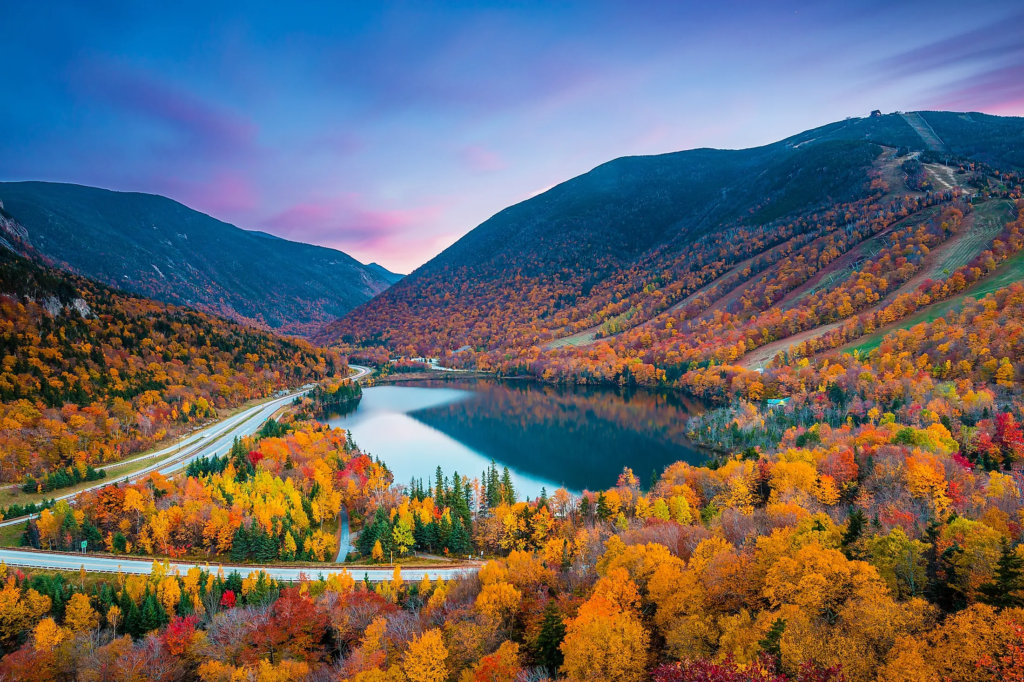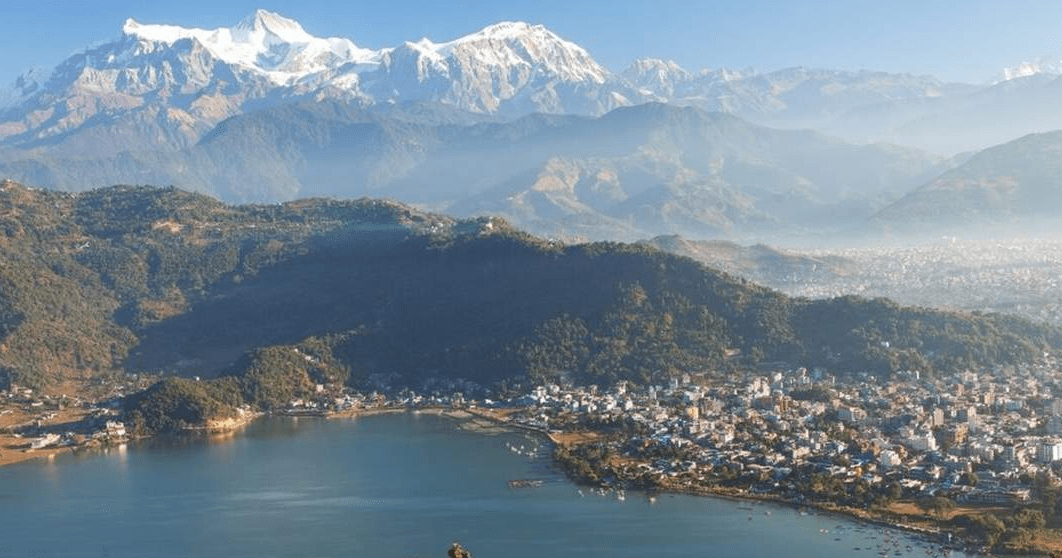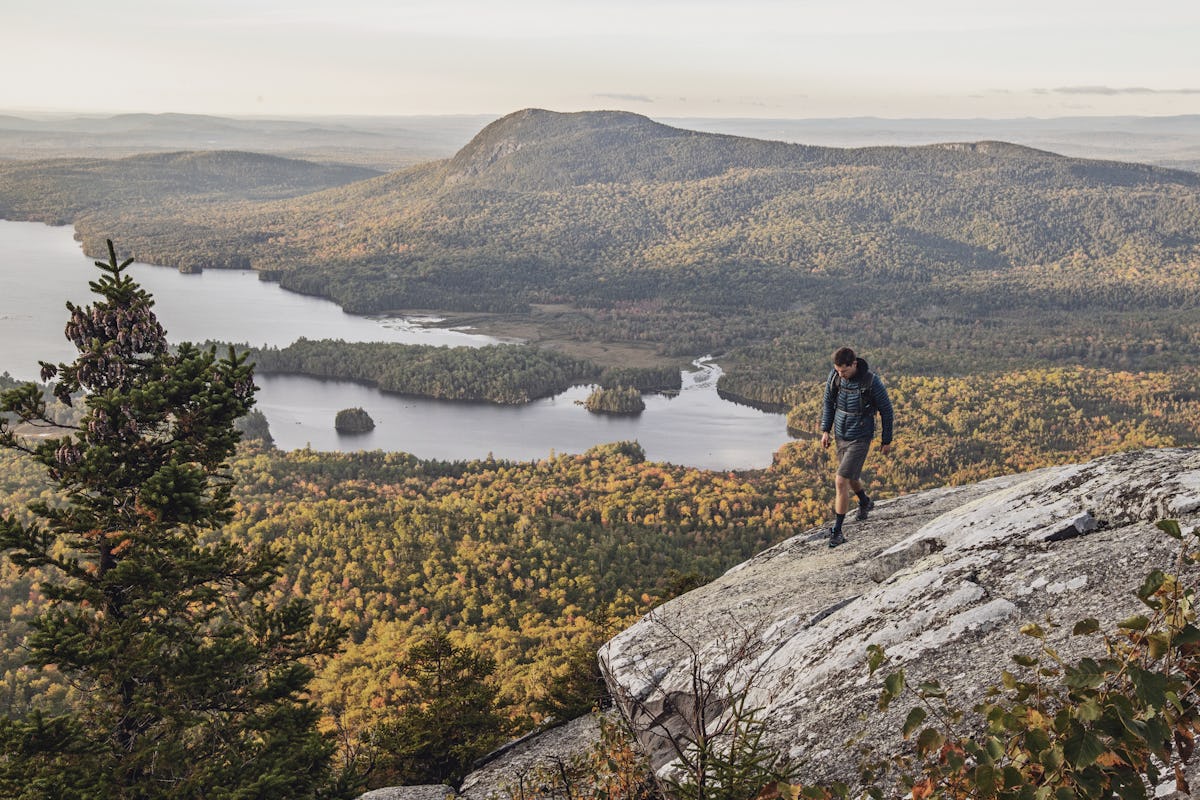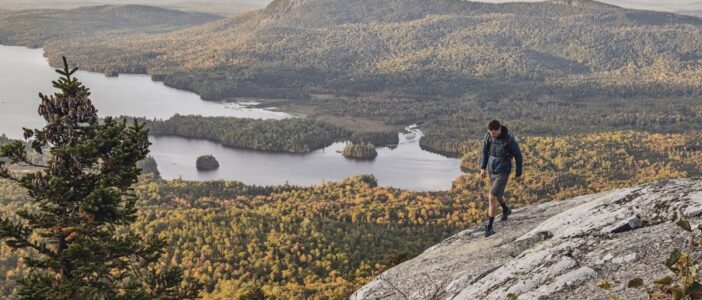Unveiling the World’s Most Magnificent Trails
Longing for an adventure that transcends the mundane? Look no further. Below, we present the crème de la crème of hiking trails, spanning continents and offering vistas that defy imagination. Lace up your boots, pack your essentials, and prepare for an odyssey of a lifetime with 5 of the Longest Hiking Trails in the World!
1. The Appalachian Trail: America’s Iconic Thru-Hike
The Appalachian Trail, a behemoth stretching over 2,190 miles, stands as a testament to human perseverance and nature’s splendor. Spanning from Springer Mountain in Georgia to Mount Katahdin in Maine, this trail traverses diverse ecosystems, from lush forests to rugged mountains.
The Route
Winding through 14 states, the Appalachian Trail treats hikers to a kaleidoscope of landscapes. Expect verdant meadows, cascading waterfalls, and panoramic vistas that leave you breathless. Each section boasts its own charm, whether it’s the rocky terrain of New Hampshire’s White Mountains or the tranquil forests of Virginia.

What to See
En route, hikers encounter a menagerie of wildlife, from elusive black bears to majestic bald eagles. Historic landmarks punctuate the trail, offering glimpses into America’s past. Marvel at Civil War battlegrounds, quaint Appalachian villages, and ancient Native American sites.
Accessibility
Access points dot the trail, allowing hikers to embark on day trips or multi-day excursions. Major cities like Atlanta, Washington D.C., and Boston serve as gateways to the trail, with transportation options ranging from shuttles to rental cars.
Difficulty
Challenges abound on the Appalachian Trail, with rugged terrain, unpredictable weather, and steep ascents testing even the most seasoned hikers. Thru-hiking the entire trail typically takes five to seven months, requiring careful planning and endurance.
2. The Pacific Crest Trail: A West Coast Wanderlust
Stretching 2,653 miles from the Mexican border to the Canadian border, the Pacific Crest Trail beckons adventurers with its untamed beauty and rugged charm. Traversing three states—California, Oregon, and Washington—this epic trek promises unparalleled vistas and soul-stirring experiences.
The Route
Embark on a journey through diverse landscapes, from the sun-baked deserts of Southern California to the snow-capped peaks of the Sierra Nevada and Cascade Range. Traverse lush forests, alpine meadows, and volcanic terrain, encountering nature’s raw grandeur at every turn.
What to See
Along the Pacific Crest Trail, hikers encounter a tapestry of natural wonders, including pristine lakes, ancient forests, and towering peaks. Wildlife abounds, from elusive mountain lions to playful marmots. Don’t miss iconic landmarks like Crater Lake, Mount Whitney, and the Bridge of the Gods.

Accessibility
Access points along the trail facilitate logistics for hikers, with nearby towns offering resupply options and accommodations. Major cities such as Los Angeles, Portland, and Seattle serve as gateways to the trail, with transportation options including shuttles, buses, and trains.
Difficulty
The Pacific Crest Trail presents formidable challenges, from extreme temperatures to rugged terrain and remote wilderness. Thru-hiking the entire trail typically takes five to six months, demanding physical stamina, mental fortitude, and wilderness survival skills.
3. The Camino de Santiago: A Pilgrimage of the Soul
For centuries, pilgrims have embarked on the Camino de Santiago, a network of trails leading to the shrine of the apostle Saint James the Great in Santiago de Compostela, Spain. While there are several routes, the Camino Francés is the most popular, spanning approximately 500 miles from the French Pyrenees to Santiago.
The Route
Meandering through picturesque landscapes and historic towns, the Camino Francés offers a journey of self-discovery and spiritual renewal. Pass through lush vineyards, rolling hills, and quaint medieval villages, each step imbued with centuries of pilgrimage tradition.
What to See
En route, pilgrims encounter architectural marvels, including Gothic cathedrals, Romanesque churches, and ancient monasteries. Cultural experiences abound, from savoring Spanish cuisine to partaking in traditional festivals. Don’t miss iconic landmarks like the Cathedral of Santiago de Compostela, a UNESCO World Heritage Site.
Accessibility
The Camino de Santiago is accessible to hikers of all abilities, with well-marked trails and a network of pilgrim hostels providing accommodation along the route. Major airports in cities like Biarritz, Paris, and Madrid offer convenient access to the trail, with transportation options including buses and trains.
Difficulty
While the Camino de Santiago is less physically demanding than other long-distance trails, it still requires stamina and determination. Most pilgrims complete the journey in four to six weeks, walking an average of 15 to 20 miles per day. The terrain varies from flat plains to hilly terrain, with occasional steep ascents.

4. The Great Himalaya Trail: Conquer the Roof of the World
For intrepid adventurers seeking the ultimate challenge, the Great Himalaya Trail beckons with its remote wilderness and awe-inspiring vistas. Stretching over 1,500 miles across the Himalayas, this epic trek traverses Nepal from east to west, offering a glimpse into the world’s highest mountain range.
The Route
Embark on a journey through the heart of the Himalayas, crossing high mountain passes, rugged terrain, and remote villages. Encounter ancient Buddhist monasteries, pristine alpine lakes, and towering peaks that pierce the sky. The trail is divided into eastern, central, and western sections, each with its own unique charm.
What to See
Along the Great Himalaya Trail, hikers are treated to unparalleled views of the world’s highest peaks, including Mount Everest, Kanchenjunga, and Makalu. Wildlife enthusiasts can spot elusive snow leopards, red pandas, and Himalayan tahrs in their natural habitat. Cultural encounters with indigenous communities offer insights into traditional mountain life.
Accessibility
Access to the Great Himalaya Trail is limited due to its remote location and challenging terrain. The trail can be accessed via domestic flights to cities like Kathmandu and Pokhara, followed by long bus rides or treks to trailheads. Experienced guides and porters are essential for navigation and support.

Difficulty
The Great Himalaya Trail is one of the most challenging treks in the world, requiring high-altitude trekking experience, physical fitness, and mountaineering skills. Thru-hiking the entire trail can take four to six months, depending on the route and weather conditions. Extreme temperatures, altitude sickness, and treacherous terrain pose significant risks.
5. Te Araroa: A Trek Across New Zealand’s Wonderland
Te Araroa, Maori for “The Long Pathway,” offers hikers the chance to explore the stunning landscapes of New Zealand from tip to tail. Stretching over 1,800 miles from Cape Reinga in the North Island to Bluff in the South Island, this trail showcases the country’s natural beauty and cultural heritage.
The Route
Traverse diverse terrain, from rugged coastlines and pristine beaches to dense forests and alpine meadows. Encounter geothermal wonders, towering volcanoes, and turquoise lakes that define New Zealand’s iconic landscapes. The trail is divided into 160 sections, each offering its own unique challenges and rewards.
What to See
Along Te Araroa, hikers encounter a wealth of natural wonders, including the majestic peaks of the Southern Alps, the lush forests of Fiordland National Park, and the sparkling waters of the Abel Tasman Coast Track. Cultural experiences abound, from Maori heritage sites to charming coastal villages.
Accessibility
Te Araroa is accessible to hikers of all abilities, with well-marked trails and a network of huts and campsites providing accommodation along the route. Major cities like Auckland, Wellington, and Christchurch serve as gateways to the trail, with transportation options including buses, shuttles, and ferries.
Difficulty
While Te Araroa offers a variety of terrain and landscapes, it is considered a moderate to challenging trek due to its length and occasional rugged sections. Thru-hiking the entire trail typically takes four to six months, with hikers covering an average of 12 to 20 miles per day. Weather conditions can vary dramatically, from sunny beaches to alpine snowstorms.

Longest Hiking Trails
Ready to embark on the journey of a lifetime? Whether you’re seeking solitude in the wilderness or cultural immersion in distant lands, these longest hiking trails offer experiences that defy expectations. Lace up your boots, pack your sense of adventure, and prepare to make memories that will last a lifetime.
Additional Resources:
- Appalachian Trail Conservancy
- Pacific Crest Trail Association
- Camino de Santiago
- Great Himalaya Trail Development Program
- Te Araroa Trail
Embark on your epic adventure today!

